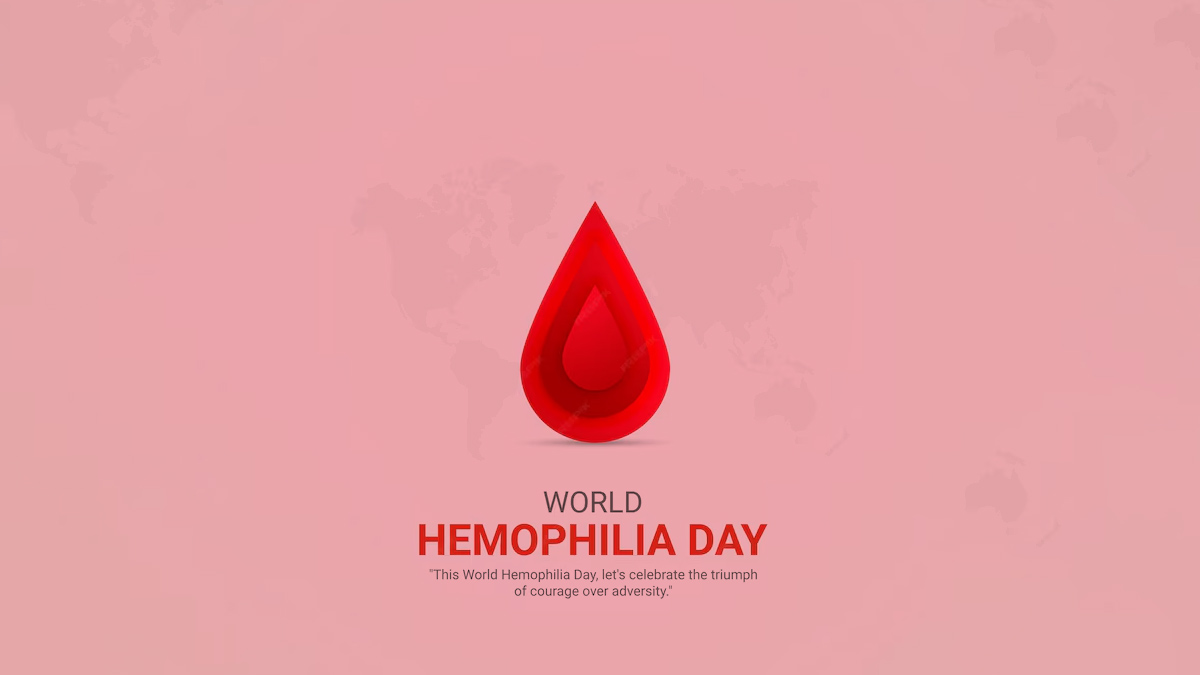
Haemophilia is a rare bleeding disorder and is often referred to as the ‘royal disease’ as it affected many European royal families in the 19th and 20th centuries. Haemophilia is usually an inherited bleeding disorder in which the blood does not clot properly.
Table of Content:-
According to the Centers for Disease Control and Prevention, Haemophilia is caused by a mutation or change in one of the genes that provides instructions for making the clotting factor proteins needed to form a blood clot. This change or mutation can prevent the clotting protein from working properly or to be missing altogether.
To understand more about this disease and why its cases go undiagnosed, OnlyMyHealth interacted with Dr Farah Jijina, Consultant Clinical Haematologist & Hemato Oncologist, P D Hinduja Hospital & Medical Research Centre, Mahim, Mumbai.
Explaining what haemophilia is, Dr Jijina said, “Haemophilia is an uncommon clotting disorder which manifests when an individual lacks a specific factor essential for blood coagulation. The absence of crucial clotting factors results in uncontrolled bleeding, a characteristic hallmark of this condition.”

Why Do Haemophilia Cases Go Undiagnosed
Dr Jijina said, “Despite being rare, haemophilia poses significant challenges for both patients as well as doctors. Many physicians and specialists are unfamiliar with this disorder due to its rarity and they may overlook its diagnosis. And thus, haemophilia cases can often elude detection, further underscoring its elusive nature in medical practice.” Here are some of the reasons listed by Dr Jijina for the cases being undiagnosed.
Also read: How Blood Clots Affect Your Leg: Symptoms To Watch Out For
Lack Of Recognition And Awareness
One of the primary reasons for the underdiagnosis of haemophilia is the lack of awareness among both general people as well as healthcare professionals. This lack of immediate recognition can lead to delayed diagnosis and treatment leading to complications and in severe cases, it might lead to life-threatening bleeding episodes.

Mild Forms
Another leading factor which contributes to the underdiagnosis of haemophilia is the mild or moderate forms of disorder. While severe haemophilia is often diagnosed early in life due to frequent and severe bleeding episodes, milder forms may go unnoticed for years. People with mild or moderate haemophilia may experience only occasional bleeding episodes, which may be attributed to other causes or dismissed as minor injuries.
Varying Symptoms
The symptoms of haemophilia can vary widely among different people. It becomes difficult to recognise the disorder. Some people with haemophilia may bleed excessively after minor injuries or surgeries while others may not experience any noticeable symptoms early on.
Also read: What It Means To Have Blood Clots During Pregnancy?

How To Overcome Underdiagnosis
Talking about how to avoid the haemophilia cases going undiagnosed, Dr Jijina said, “The Haemophilia Society of India has been doing commendable work in raising awareness and improving access to care for people with haemophilia. By bridging the gap between medical expertise and public awareness, these initiatives have empowered both patients and healthcare professionals to recognize and address haemophilia more effectively.”
Adding further, Dr Jijina said, “Moving forward, continued advocacy, education, and research endeavours will be essential in furthering our understanding of haemophilia and improving the quality of life for those affected by this condition.”
Also watch this video
How we keep this article up to date:
We work with experts and keep a close eye on the latest in health and wellness. Whenever there is a new research or helpful information, we update our articles with accurate and useful advice.
Current Version